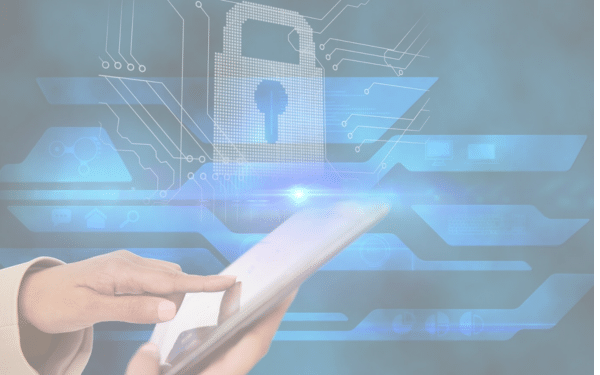As organizations navigate an increasingly complex landscape of regulations alongside growing threats of data breaches, keeping a handle on the tools your business uses is more important than ever. Qlik might be your go-to BI platform, but because of that critical role it also needs to be safe and secure around the clock to keep your business protected.
If you’ve ever wondered how Qlik handles it all, then you’re in luck because in this blog we’ll have a closer look at Qlik’s security model, exploring how it safeguards your data while maintaining the flexibility and usability that your business needs.
Why Security Is Vital In Business Intelligence
Platforms like Qlik connect to multiple data sources and bring together sensitive information that drives business decisions. When you’re dealing with data from financial, customer, and operational systems, it’s critical that this data is protected against threats, unauthorized access, and compliance risks. There have been a host of high-profile ransomware attacks in the past few years, and that type of breach can have far-reaching financial and reputational consequences.
Thankfully, Qlik has developed a robust security framework that prioritizes data governance, identity management, and customizable security layers to offer peace of mind for organizations in any industry.
Qlik’s Security Layers: Protecting Data At Every Step
Qlik’s security architecture is multi-layered, meaning that data is protected both in transit and at rest. Here’s how Qlik’s security features work to keep your data safe:
1. Authentication And Identity Management
Authentication is the first line of defense in any security strategy, and Qlik offers various options for managing how users access the platform. Qlik integrates with standard identity providers like Active Directory (AD), OAuth, SAML, and third-party Single Sign-On (SSO) solutions. By leveraging these trusted services, Qlik ensures that only authenticated users can gain access. On top of that, you can also add multifactor authentication (MFA) as an extra layer of security, which many organizations opt for.
2. Role-Based Access Control (RBAC)
Not all users need access to all data. Qlik uses Role-Based Access Control (RBAC) to tailor data access based on user roles and responsibilities. This means that data scientists, analysts, and executives will only see the information they are authorized to access, minimizing the risks of internal breaches or accidental exposure.
In fact, PlatformManager has a similar approach to access control, whereby only authorized devs or team leads can push apps from testing to production, for example. This level of granular control protects your data and also helps to clearly define the roles and responsibilities of each member of your dev team.
3. Data Encryption
Qlik ensures data protection through strong encryption techniques. Data is encrypted both in transit and at rest, using industry-standard protocols such as TLS (Transport Layer Security) for data transfer and AES (Advanced Encryption Standard) for stored data. This encryption guarantees that your data is secure from interception or tampering by unauthorized parties. Not often a huge concern on local networks, but with hybrid working now playing such a key part in many business structures, encryption is a fundamental requirement.
4. Section Access
One of Qlik’s most powerful features is its ability to restrict what data users can see within a single application using Section Access. Section Access allows administrators to define visibility rules at the row level, enabling precise control over who sees what. This is particularly helpful in organizations that need to share dashboards across multiple departments, but not necessarily with all teams or team members.
5. Security Rules and Auditing
Qlik’s security rules provide administrators with a high degree of flexibility to enforce custom security policies. You can establish specific rules for accessing content, creating apps, or even exporting data. In addition, Qlik’s auditing features to track all activity within the platform, ensuring transparency and providing insights into who accessed what and when. This audit trail is an invaluable tool for both compliance and troubleshooting.
PlatformManager mimics this in its own features, with change history completely logged for every app, not just to help developers pick up tasks more quickly, but so there is total transparency during the lifecycle of an app.
Balancing Security With Flexibility
Qlik’s security framework is built to empower users without overwhelming them with complexity. Security policies are configured centrally, while users can continue to explore, create, and share insights with the confidence that the data they’re processing is safe and secure at all times.
This balance – strong security paired with real-world usability – is one of the things that makes Qlik such a powerful tool for modern organizations looking to leverage their data in a secure way. Qlik has made significant investments to ensure that its platforms provide the highest levels of security, protecting your data while keeping it accessible and actionable for your users.
If you’re already using Qlik, then you can rest easy knowing that your data is well taken care of. And, if you’re interested in managing your app development and deployment in an equally great way, you should check out what PlatformManager can offer your business.
Looking to take your Qlik development to the next level? Want more control of the whole Qlik DevOps process? Get in touch with PlatformManager today to find out how we can help you.
